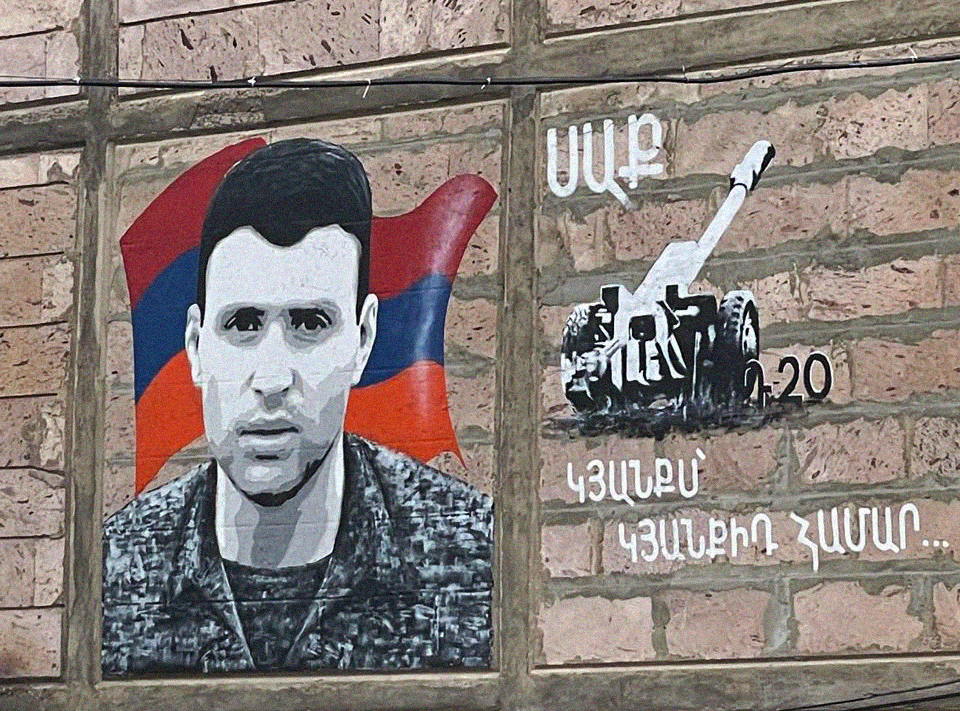
Graffiti of Memory: Heroes, Martyrs, and New Forms of Commemoration in Armenia
Amalia Dilanyan (IAE NAS RA; CNSI Armenia), Mariam Petrosyan (History Museum of Armenia; CNSI Armenia), Shushan Abramyan (YSU, School for Advanced Studies in the Social Sciences, France), Nona Shakhnazaryan (IAE NAS RA; CNSI Armenia).
The history of graffiti in Armenia goes back to ancient inscriptions, but in the 2010s it emerged as a marginal protest practice in the work of the Hakaharvats (arm: հակահարված) art group. The mass appearance of portraits of the fallen soldiers after the 2020 war marked a new visual phenomenon. These images go beyond the conventional understanding of graffiti: they are not anonymous acts of subversion, but function as public signs of mourning, created by friends, artists, and relatives, and recognized by society.
This presentation addresses the phenomenon and raises the question: why did such portraits become a widespread form of commemoration, and what do they reveal about grassroots agency in conditions of collective trauma?
Additional Details
Start Date - 2025-09-26
To register for this event please visit the following URL: →














